Interesting Charge Separation Problem
Here is a problem sent by Neeraj.
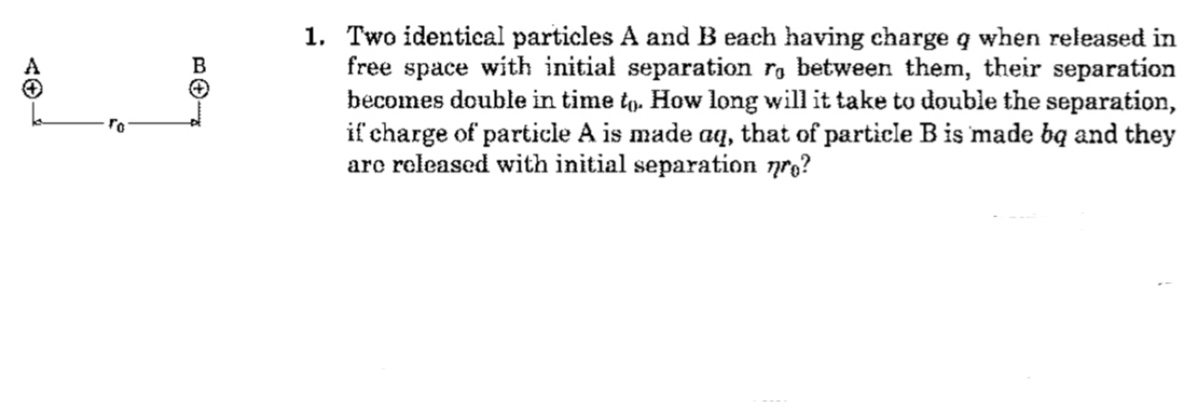
Let be the vertical line right in between the particles. Both particles have the same mass and experience the same force magnitude, so they will be equidistant from at all times. Let be the distance of each particle away from the axis. The differential equation for this system is:
This differential equation seems pretty nasty. I looked around online for analytical solutions and didn't find much. Nevertheless, the simulation is very easy to run numerically. The strategy is to run the base case first and call the final time . Then run again with parameters changed from their original values, and see how the final time changes.
Multiplying the charge magnitudes by and causes the final time to be multiplied by . Multiplying the initial separation by causes the final time to be multiplied by . So the final result is:
Simulation code is attached:
1 2 3 4 5 6 7 8 9 10 11 12 13 14 15 16 17 18 19 20 21 22 23 24 25 26 27 28 29 30 31 32 33 34 35 36 37 38 39 40 41 42 43 44 45 46 47 48 49 50 51 52 53 54 55 56 57 58 59 60 61 62 63 | |
Easy Math Editor
This discussion board is a place to discuss our Daily Challenges and the math and science related to those challenges. Explanations are more than just a solution — they should explain the steps and thinking strategies that you used to obtain the solution. Comments should further the discussion of math and science.
When posting on Brilliant:
*italics*or_italics_**bold**or__bold__paragraph 1
paragraph 2
[example link](https://brilliant.org)> This is a quote# I indented these lines # 4 spaces, and now they show # up as a code block. print "hello world"\(...\)or\[...\]to ensure proper formatting.2 \times 32^{34}a_{i-1}\frac{2}{3}\sqrt{2}\sum_{i=1}^3\sin \theta\boxed{123}Comments
@Steven Chase Thanks I am very grateful to you.
I was solving this with anayltical method.
Will you take a look in my rough work/attempt???
Log in to reply
Sure, I'm curious to see what you did
@Steven Chase Nowadays I am studying mathematics only, therefore I am little bit not connected with physics, so I am not able to how to do this problem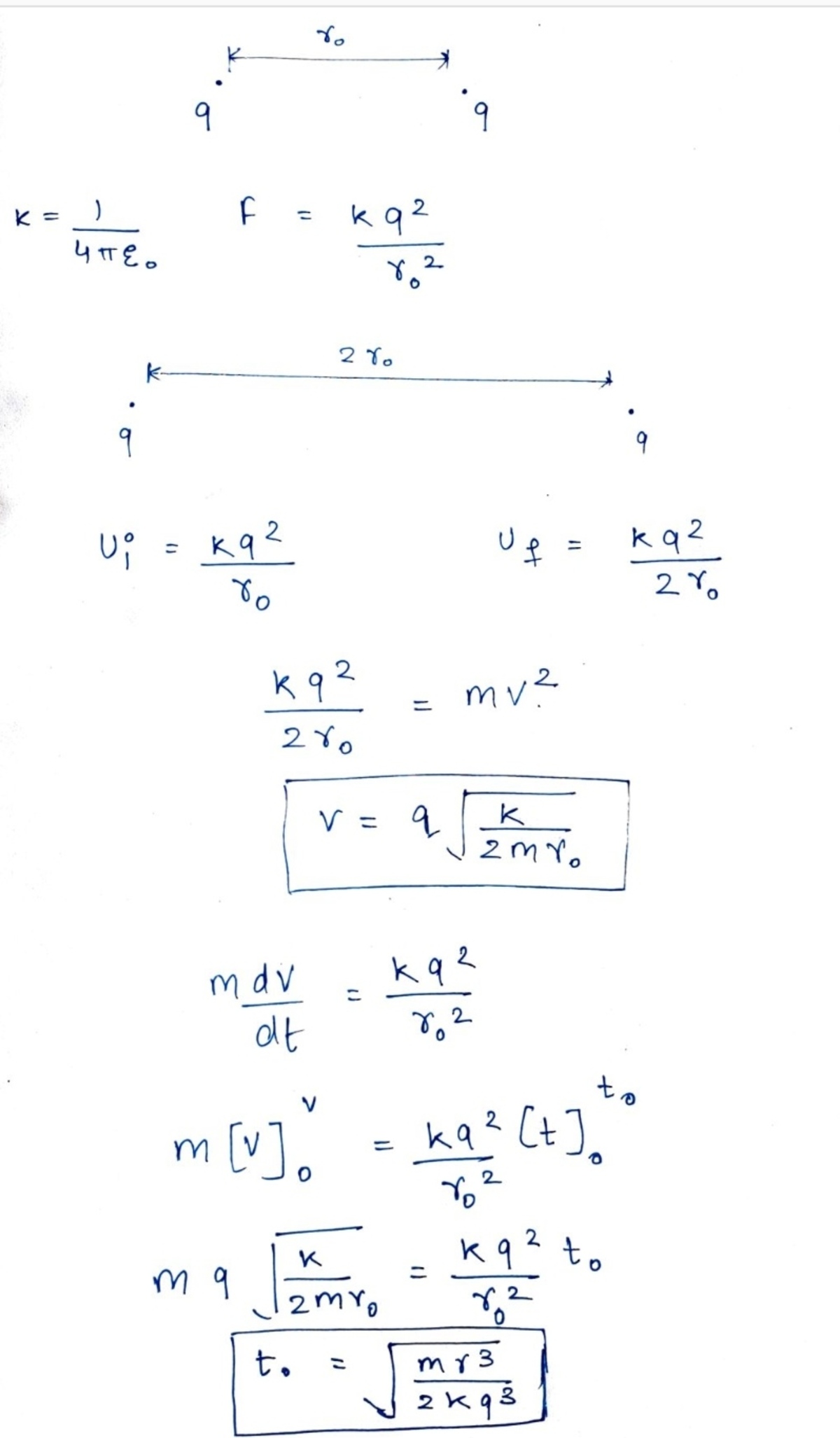
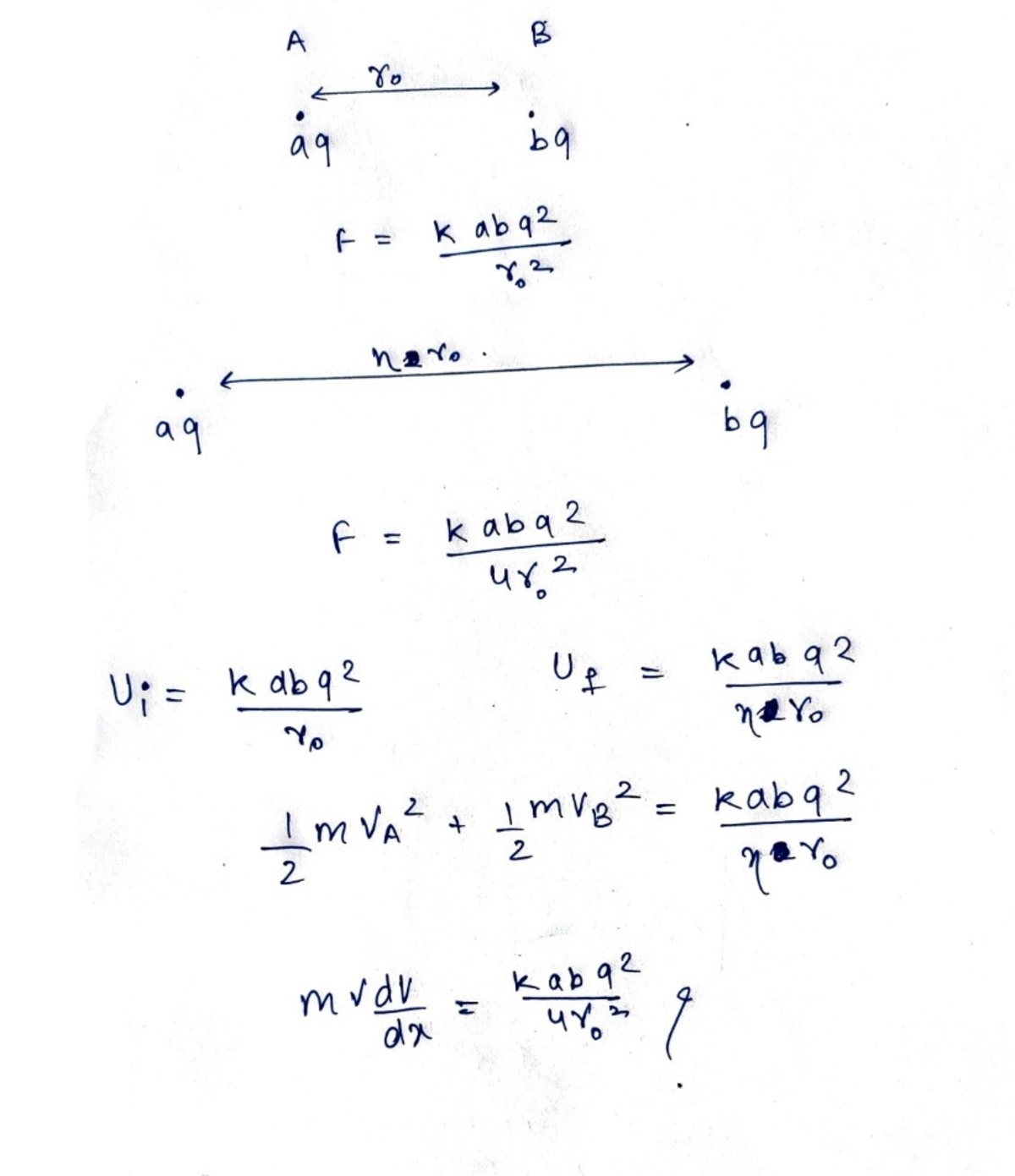
Log in to reply
Nice method. I was about to use the hand differential equation solving method posted by Flammable Maths:
https://www.youtube.com/watch?v=OtUdGdcfUcE
And thereby create an equation for the time taken. After all, the nature of gravitational and electrostatic force is very similar; essentially we are solving the same differential equation, so we can use the same method:
r¨=±r2C
It is a hard differential equation to solve analytically, since it is a nonlinear second order ODE.
@Steven Chase the above comment is edited.
Log in to reply
Take a look at this video @Lil Doug
https://www.youtube.com/watch?v=OtUdGdcfUcE
The video above shows how much time it takes for two gravitating bodies to collide. Essentially, the differential equation that is to be solved is the same; an inverse square non-linear ODE.
You can apply this to electrostatics as well, despite the fact that the video is about gravity.
@Steven Chase I think I know how to solve the non-linear ODE above; I sent a video to Neeraj. Here's the video:
https://www.youtube.com/watch?v=OtUdGdcfUcE
It's by Flammable Maths (Jens Genau) who solves a similar ODE above (gravitation). I think the same idea can be applied to electrostatics. So there is a way to do it analytically, I think.
Log in to reply
@Krishna Karthik I am damn sure I can explain better than that guy.
Log in to reply
Flammable maths is an absolutely epic mathematician. He's covered some really interesting videos.
Thanks for sending that. Looks like a very involved process
Log in to reply
@Steven Chase Hey sir see my method above.
Around 1 year ago i have solved this types of problems that how much time it will take to collide two particle but I don't no why I am not able to do it now .
See my solution above
In the first case, I think my process correct.
@Steven Chase I think you are the only solver my problem?
Log in to reply
Maybe I could have solved it using a numerical method, but yes, he still his the only solver. Nicely done, too.
Of course, we both know that Steven Chase taught me how to do a time-domain simulation. In retrospect, he, and no one else, taught me how to do a physics simulation. And I'm obviously still not as experienced as him in that (or for that matter, anything in physics).
So, there's a gem of knowledge I think I learnt from him. I mostly looked at his code and learnt how to do it by looking at his code.
In terms of pure programming or coding, I learnt from my father. So, thanks, Steven Chase, for teaching me how to do a time-domain simulation. Cheers.
Log in to reply
@Krishna Karthik I am not saying for this problem bro.
I have posted a another problem in E and M section, I am talking about that.
Log in to reply
Oh, ok. Lol.
Yeah; that looks mortifyingly hard.
Log in to reply
@Krishna Karthik And what about your test. You are not asking doubts.
It seems you have solved all problems.
Do you want more problem?
Log in to reply
Yeah; gimme a Newtonian mechanics problem.
@Krishna Karthik The problems are taken from my physics book.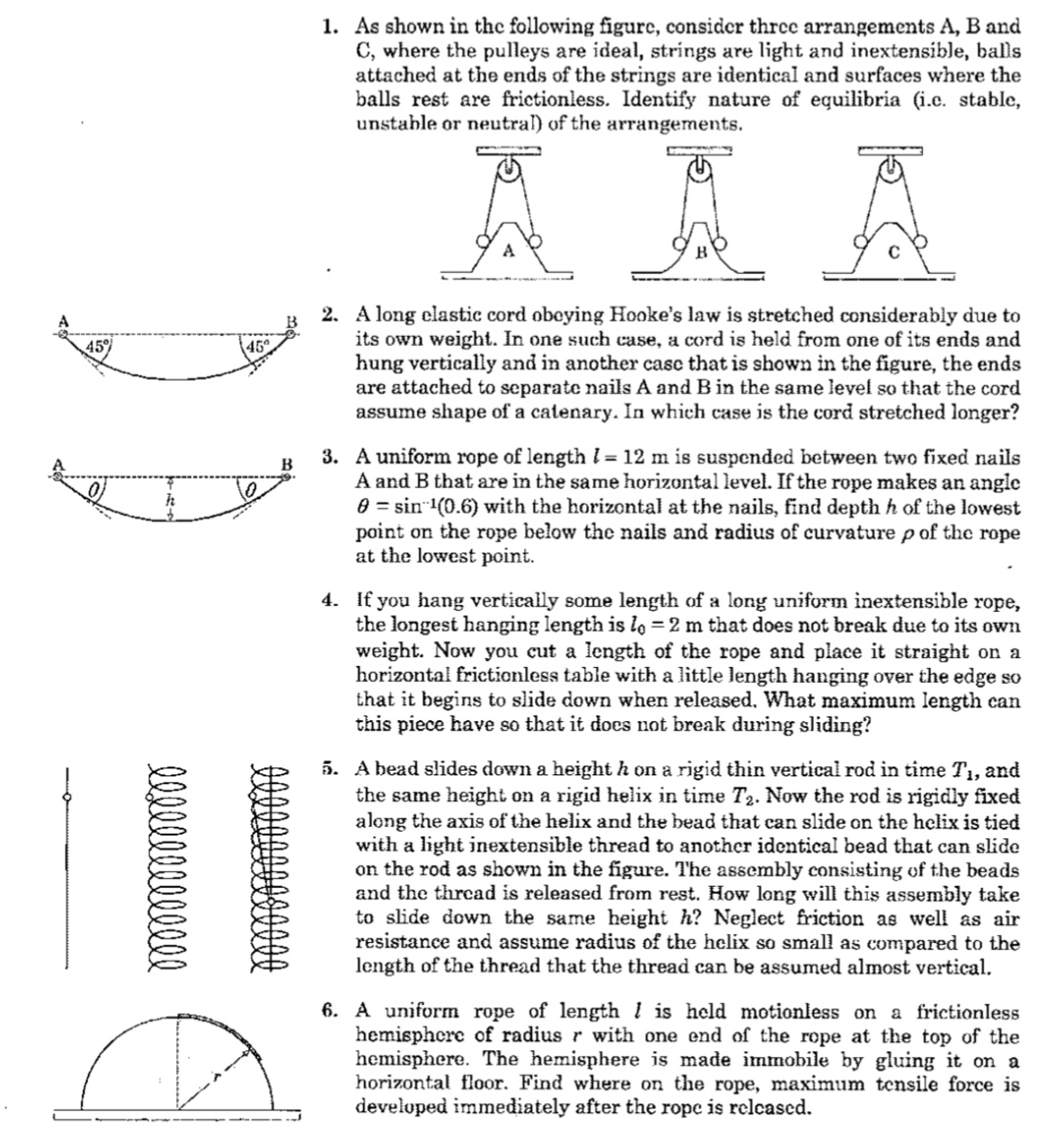
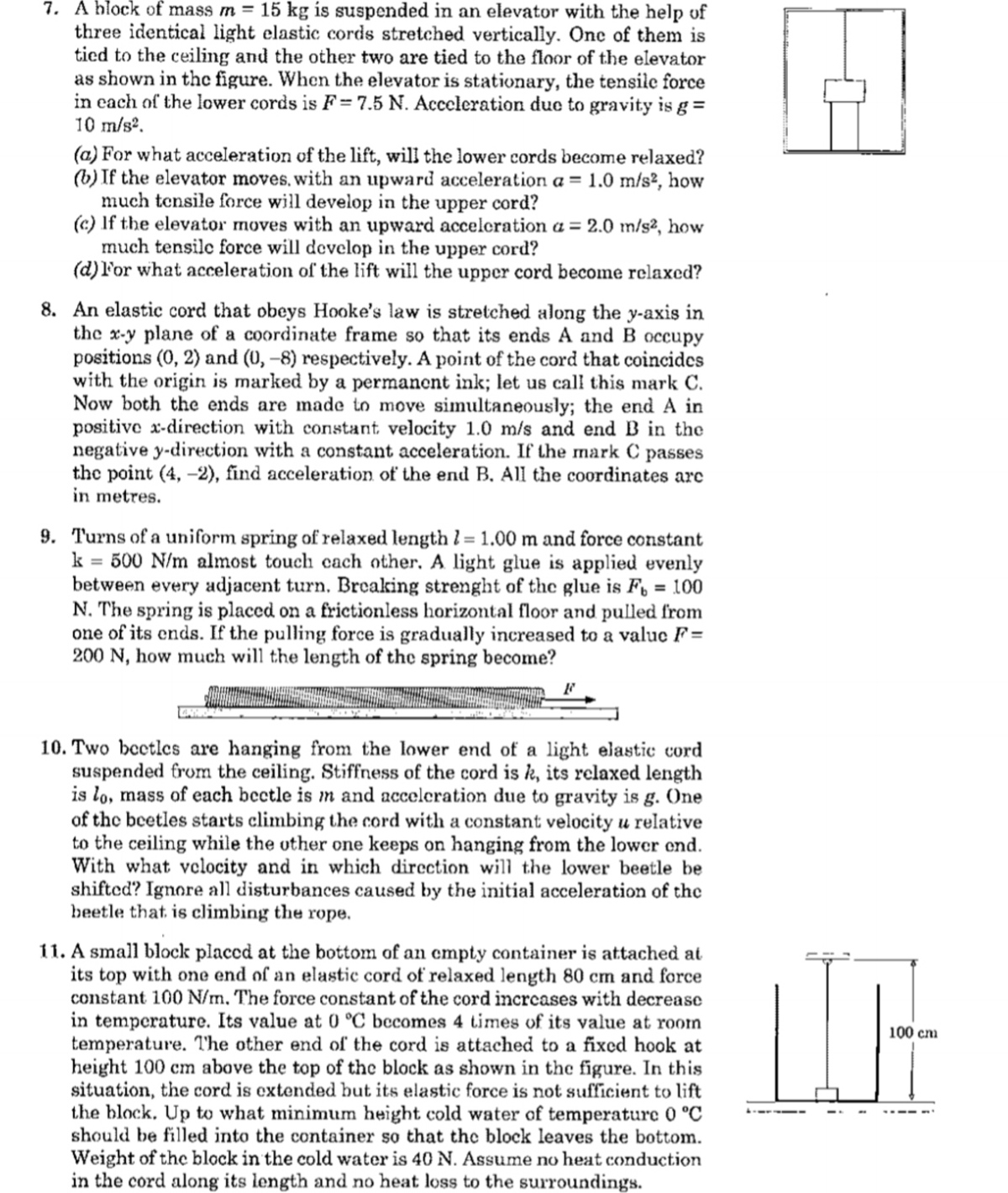
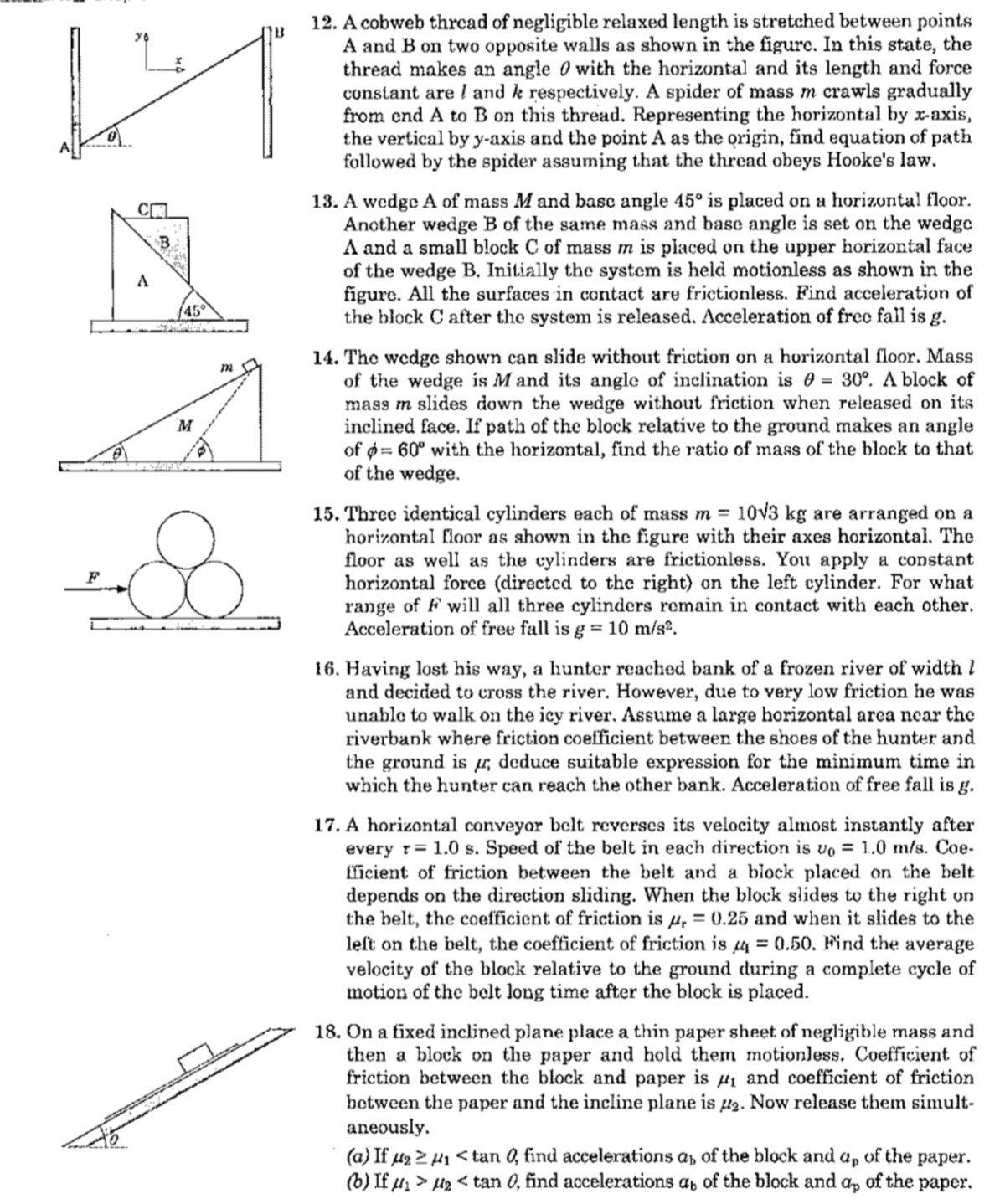
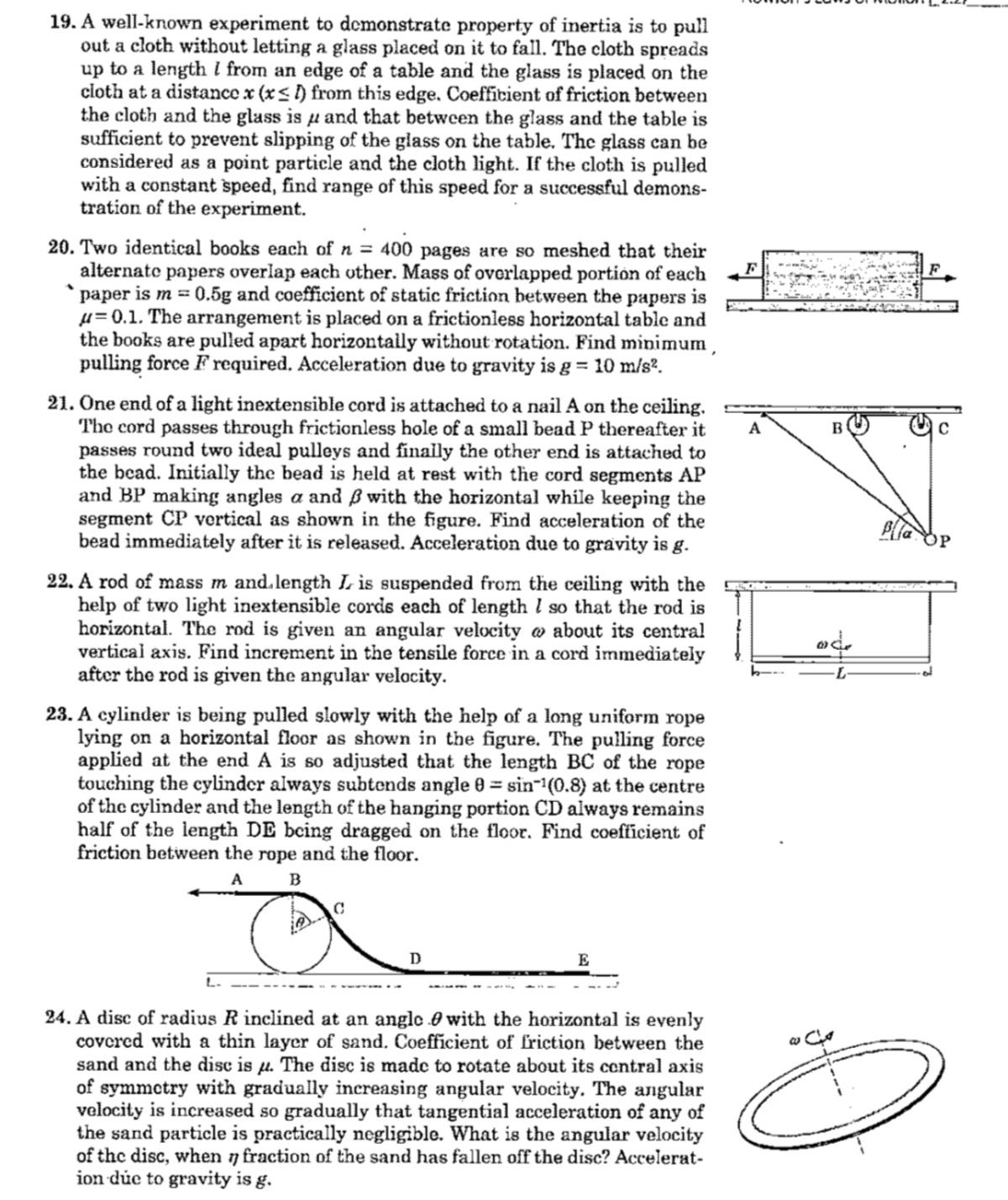
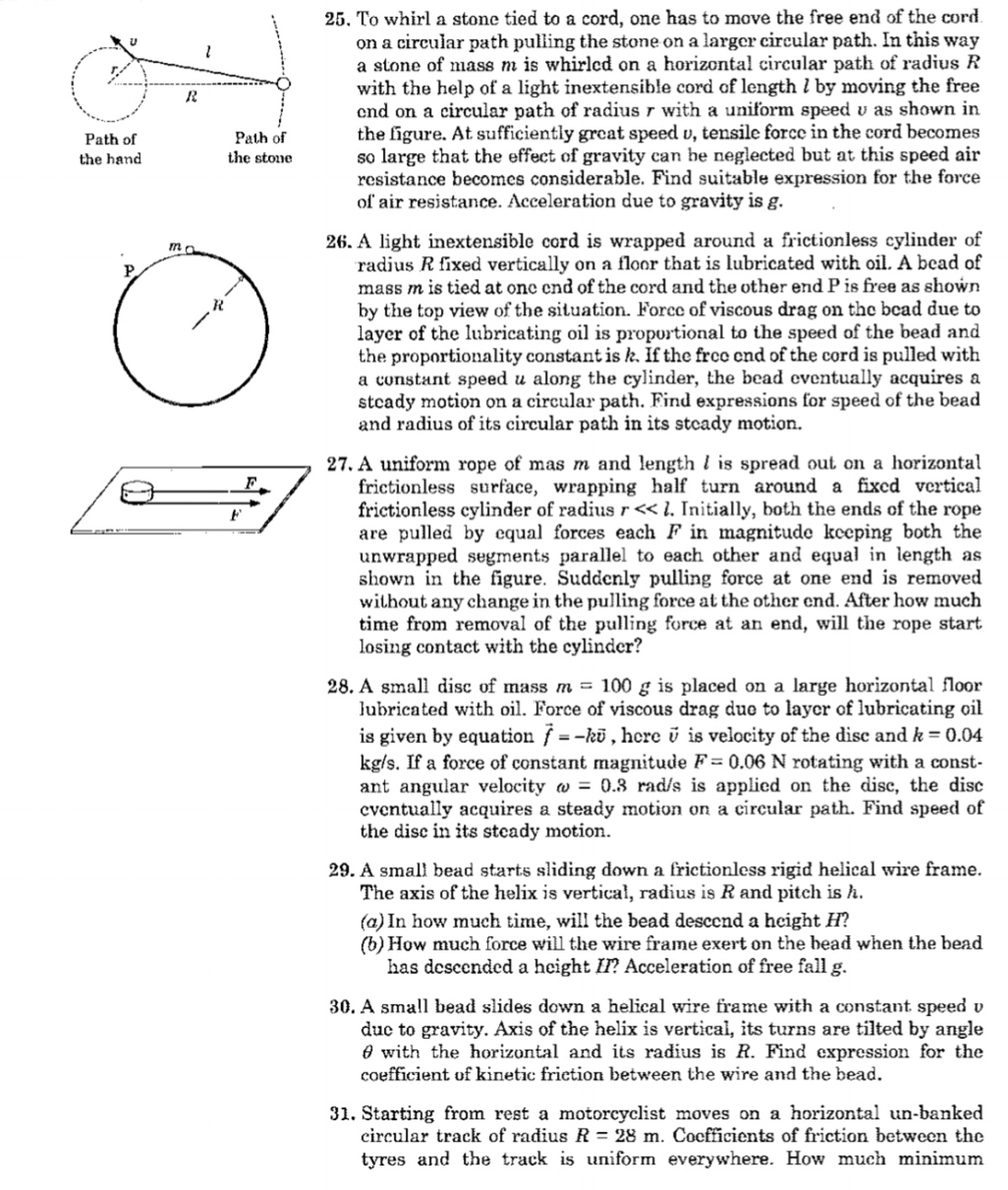
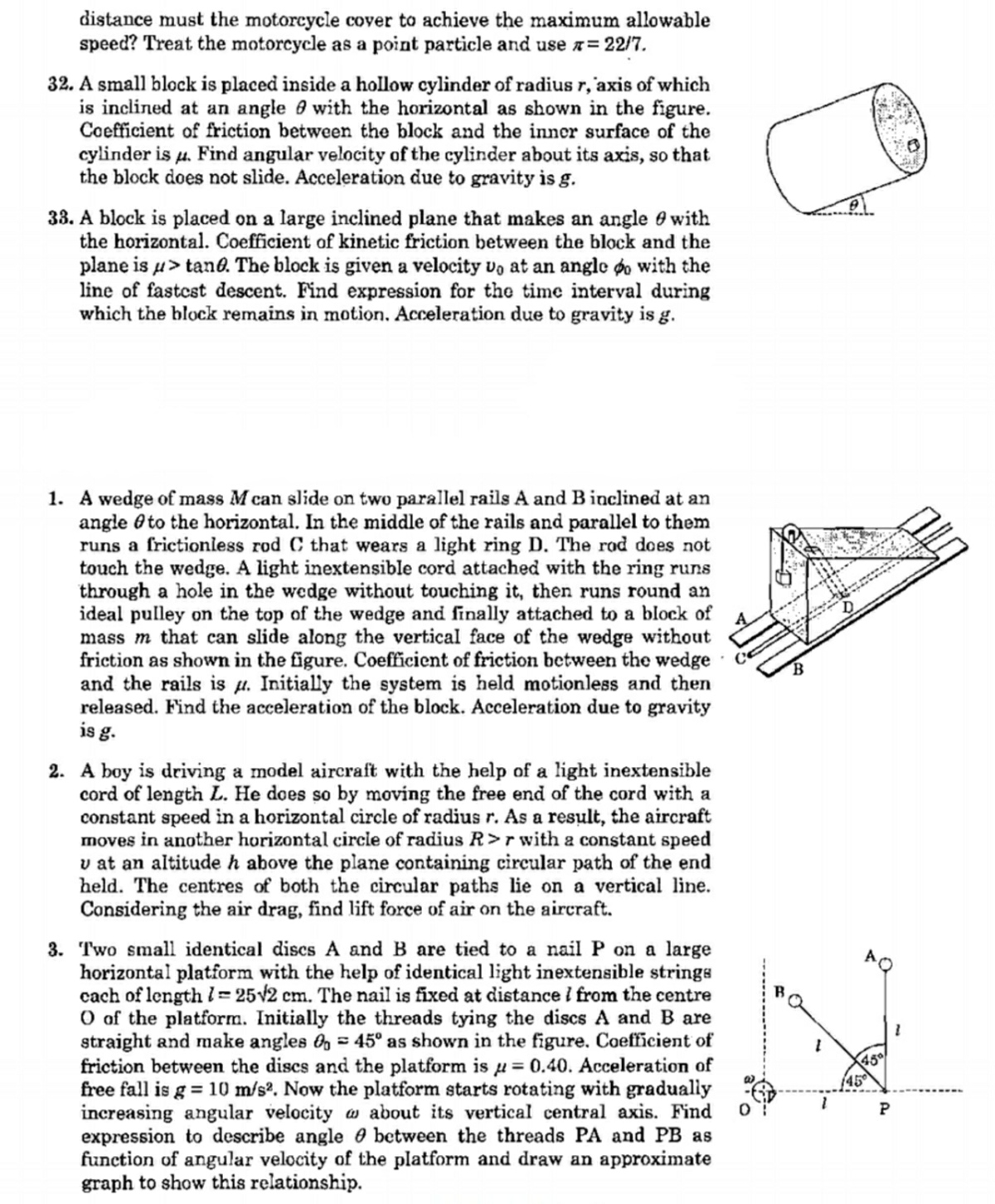
There are total 36 problems , Part A contains 33 and Part B contains 3 problems.
Log in to reply
Yo I need some help😫
I'm not able to do no 6.
Pls help.
Log in to reply
@Krishna Karthik I have posted a note.
@Steven Chase I have a good attempt for the above problem now.
Would you like to see that?